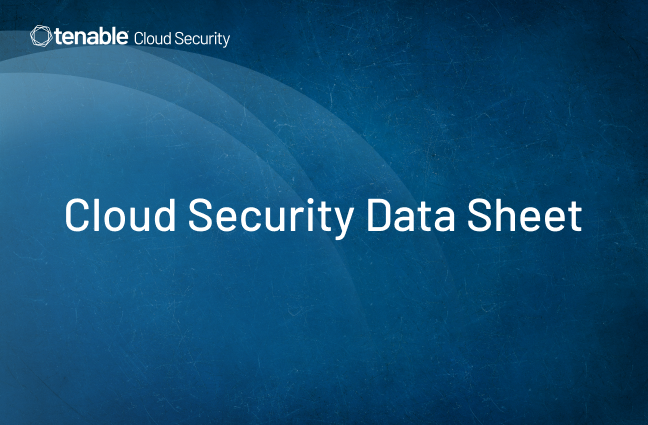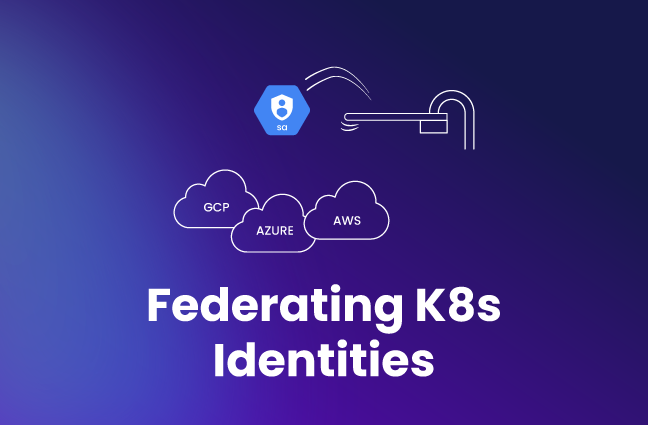Secure Your Cloud – Know the Difference between CSPM and KSPM
Conventional CSPM tools don’t sufficiently cover K8s clusters – dedicated tools are a must to address Kubernetes’s unique challenges

As organizations continue to adopt cloud technologies and containerization platforms like Kubernetes, the need for robust security solutions becomes paramount. Cloud Security Posture Management (CSPM) and Kubernetes Security Posture Management (KSPM) have emerged as essential tools to ensure the security and compliance of cloud environments and Kubernetes clusters. In this blog post, we will explore the differences between CSPM and KSPM, highlighting the unique features and limitations of each approach.
CSPM focuses on providing security and compliance assessments for cloud infrastructure and services. It helps organizations identify misconfigurations, security vulnerabilities, and compliance violations across their cloud environments. CSPM tools typically examine cloud resources such as virtual machines, storage accounts, and networks and their configurations to detect potential risks.
However, CSPM has inherent limitations when it comes to covering the Kubernetes ecosystem. Kubernetes is a powerful container orchestration platform with its own unique security challenges. While CSPM tools may offer some level of support for Kubernetes, their scope is often limited, resulting in incomplete coverage and potential blind spots for security professionals.
Naïve Analysis and False Positives
Existing CSPM tools that attempt to cover Kubernetes often provide naïve analysis, leading to an increased number of false positives and noise for developers. These tools may lack deep understanding of Kubernetes-specific security concepts and generate alerts that are not relevant or actionable. This flood of false positives can overwhelm security teams, making it difficult to focus on the real security risks and prioritize remediation efforts effectively.
Superior User Experience
KSPM solutions, on the other hand, are purpose-built to address the unique security challenges of Kubernetes environments. These tools offer a superior user experience by providing specialized visibility and risk insight functionalities that align with the needs of Kubernetes administrators and security professionals.
KSPM solutions often have intuitive user interfaces, easy-to-understand dashboards, and clear presentation of security findings. This improves the usability of the tool and allows security teams to quickly grasp the security posture of their Kubernetes clusters, making informed decisions for remediation.
Contextual Risk Analysis and Prioritization
One of the significant advantages of KSPM solutions is their ability to provide powerful contextual risk analysis to identify critical risks specific to Kubernetes clusters. They consider factors like cluster misconfigurations, unauthorized or overprivileged access, vulnerable container images, and insecure network configurations, and provide a prioritized list of security issues. This approach enables security teams to focus on the most critical vulnerabilities and allocate their resources effectively for remediation.
By combining KSPM with other components of a comprehensive cloud security platform, such as CSPM, Cloud Workload Protection (CWP), and Cloud Infrastructure Entitlement Management (CIEM), organizations can gain a holistic view of their security landscape that correlates and prioritizes Kubernetes security risks in the context of other risks in the cloud environment overall.
Analysis of Kubernetes Managed Service-Oriented Resources
KSPM solutions offer the ability to analyze access to Kubernetes-managed service-oriented resources, such as container registries and clusters. They can identify unauthorized access attempts, vulnerable container images, and misconfigurations within these resources. This comprehensive analysis helps organizations detect and mitigate security risks that might lead to unauthorized data exposure or compromised deployments.
Deep Analysis of RBAC Mechanism
Role-Based Access Control (RBAC) is a vital security mechanism in Kubernetes, governing the authorization and access rights within a cluster. KSPM solutions provide deep analysis of the RBAC mechanism employed by Kubernetes, ensuring that only authorized users have appropriate access privileges. By examining RBAC configurations, KSPM tools can identify misconfigurations, role permission issues, and potential privilege escalations, helping organizations maintain a secure RBAC framework within their Kubernetes clusters.
Deep Analysis of Network Configuration
Network security is crucial in Kubernetes environments, where containers and pods communicate with each other over complex network architectures. KSPM solutions offer deep analysis of network configurations, including network policies, service endpoints, and ingress/egress rules. By assessing these configurations, KSPM tools can detect potential security gaps, such as overly permissive access controls or unauthorized network traffic, enabling organizations to strengthen their network security posture.
Guided Remediation
KSPM solutions go beyond just identifying security issues; they also provide guided remediation capabilities. These tools offer actionable recommendations and step-by-step guidance for addressing security vulnerabilities and misconfigurations. With clear instructions and automated remediation workflows, KSPM tools streamline the remediation process, empowering security teams to mitigate risks effectively and efficiently.
CSPM vs KSPM
CSPM and KSPM are both crucial for ensuring the security and compliance of modern cloud environments. While CSPM focuses on assessing cloud infrastructure and services, KSPM is specifically designed to address the unique security challenges of Kubernetes clusters.
KSPM tools provide visibility into Kuberetes vulnerabilities and other risks. They provide powerful contextual risk analysis and prioritization, including by combining KSPM with other components of a comprehensive security platform. Furthermore, KSPM tools enable deep analysis of Kubernetes-specific resources like registries and clusters, RBAC mechanisms, and network configurations. Finally, the guided remediation capabilities of KSPM tools streamline the process of addressing security vulnerabilities and misconfigurations.
To achieve comprehensive security in Kubernetes environments, organizations should consider adopting dedicated KSPM solutions that provide the necessary depth of analysis and contextual understanding. By doing so, they can effectively secure their Kubernetes clusters and protect their applications and data from potential threats.




